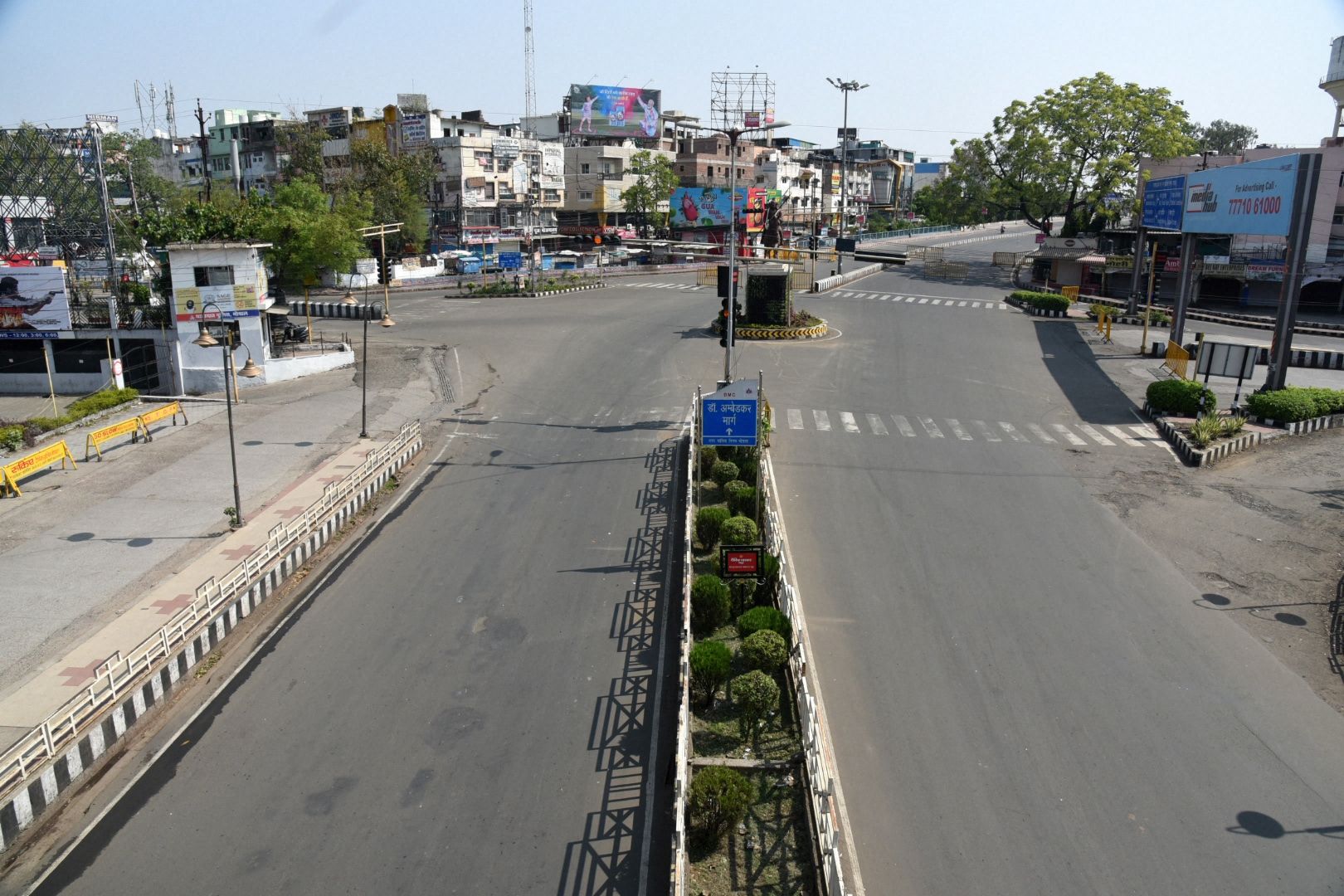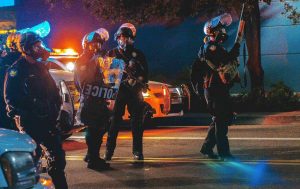The year 2020, famously known to be one of the worst years of the first two decades of the 21st century, has been an unfateful and tragic year with the onset of the COVID-19, which was declared a pandemic in March, last year. The world, which was gradually becoming more globalised, was forced to tie itself down with the growing number of cases. Almost one year after the initial efforts were taken by countries to tackle the pandemic, the situation does not seem to be improving even with multiple COVID-19 vaccines available.
India, which remains to be the second-worst impacted country, has had more than 11.5 million confirmed COVID-19 cases with 160,692 recorded deaths, as per the Ministry of Health’s tally. India recorded its first positive case in January 2020 in the state of Kerela. The patient had a travel history from the Chinese city of Wuhan, believed to be the epicenter of the virus.
Also Read: Lockdown on March 21 announced for Bhopal, Indore, Jabalpur amid COVID-19 surge
Prime Minister Narendra Modi announced a 14-hour-curfew, called Janta Curfew, on March 22, 2020, when the cases had already breached the 500 mark in India. Three days later, he followed up on the rising cases in India and announced India’s first lockdown for 21 days, beginning on March 25, 2020.
The second phase of the lockdown began as an extension and was announced on April 14, just a day before it was scheduled to end. The second phase, which was in place till May 3, 2020, is believed to be one of the most crucial phases as it led to the classification of different zones in the country based on the number of active cases and the potential for an extended outbreak.
Also Read: Maharashtra in beginning of second COVID-19 wave, says central team report
The third phase of the COVID-19 lockdown in India was the first one to witness some form of relaxation for the public, depending on the zone of residence. Residents who lived in Green and Orange Zones were permitted to travel with restrictions, while those living in Red Zones were not permitted any movement.
The fourth phase of the lockdown, which was announced to last between May 18 to 31, made sure the red zones were further divided into buffer and containment zones which were given different mandates of restrictions.
Also Read: Rise in COVID-19 cases: Schools in Tamil Nadu to be shut from March 22
Starting June 1, the Indian government gradually started transitioning towards the “Unlock” phases, which were carried out in a total of six broad segments. The first phase, also known as “Unlock 1.0” started out with the government keeping a focus on the country’s economic recovery. While night curfews were still in place, public places like hotels, shopping malls, religious institutions and restaurants were given phased permission to restart their functions in small numbers.
The “Unlock 2.0”, which began a month later on July 1, featured a transition towards gradually opening travel restrictions. Barring containment zones, the restrictions on inter and intra-state travel were lifted and international travel was permitted in the form of “Vande Bharat Mission”, which was designed to airlift and rescue the people of India stuck beyond the international borders of the country.
The next three phases provided the maximum easement for the people who had been living in isolation since the beginning of the pandemic. Each phase lasted an entire month, starting from August 1 and lasting till October 31. The highlights of these phases were permitting small groups, where the upper limit was set at 50 in most cases, at social events like weddings. Events related to sports, politics and religious gatherings were given the cut-off at a gathering of 100 people, however, safety precautions like masks and maintaining sanitisation were kept on top priority.
Also Read: As COVID numbers spiral, restrictions sneak back in many states. Full list
The final phase of the “Unlock” started on November 1 and lasted for an entire month. This phase saw partial opening up of educational institutions with strict safety guidelines in certain states. Moreover, by this time the states that saw a decrease in cases, started opening up their tourist attractions and saw a turn towards normalisation of activities.
However, India has been experiencing a second wave of the coronavirus outbreak, with a new virus strain detected in the country. The vaccination drive in India that was started earlier this year, projected hope for a future with less worries and health risks.







